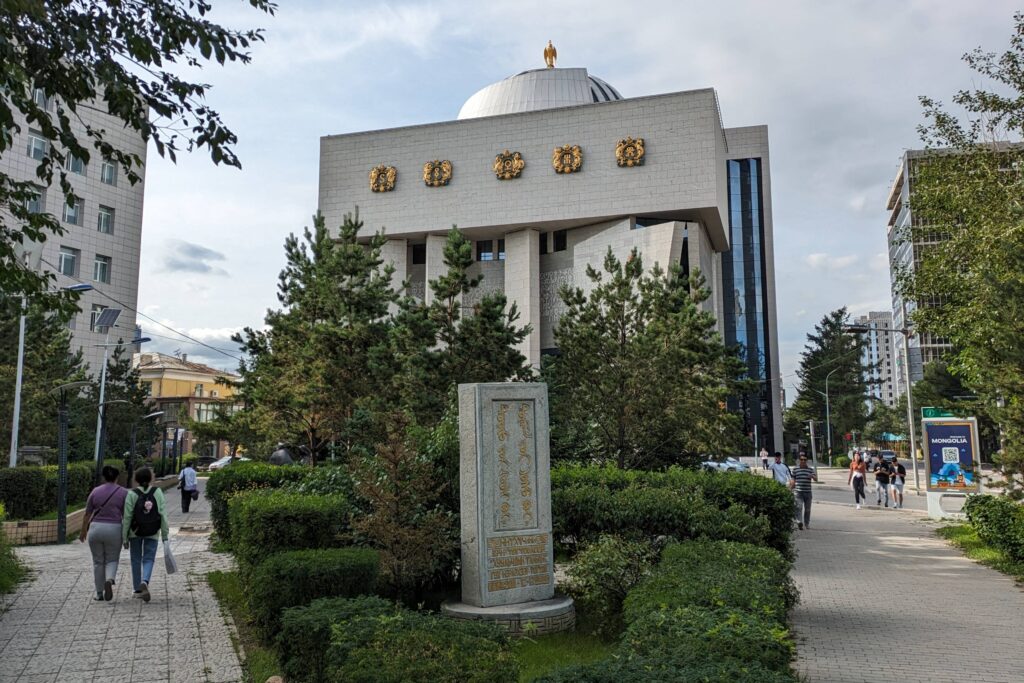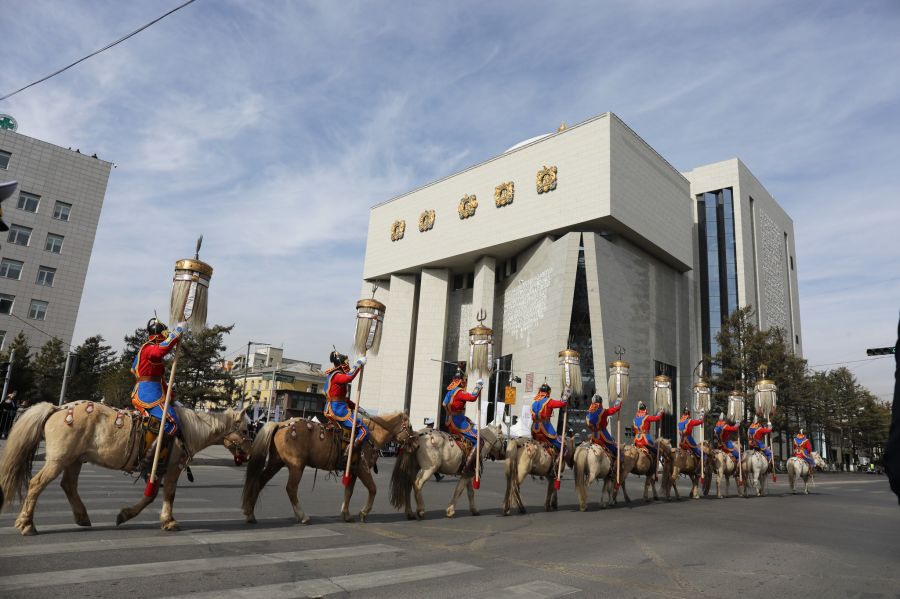Exploring the Museum of Chinggis Khaan: A Comprehensive Journey Through Mongolian and Central Asian History
Opened in 2019, the Museum of Chinggis Khaan in Ulaanbaatar stands as a modern beacon of Mongolia’s rich historical and cultural heritage. Established by the decision of Prime Minister U.Khurelsukh, this state-of-the-art museum offers an expansive exploration of Mongolian history from its early nomadic roots to the early 20th century. With over 10,000 original exhibits, the museum provides an immersive and educational experience through a blend of traditional artifacts, interactive technology, and comprehensive historical narratives.

A Journey Through History
Founding and Historical Context
The Museum of Chinggis Khaan is dedicated to preserving and showcasing the extensive history of Mongolia and Central Asia. The museum’s foundation reflects a commitment to highlighting the significance of Chinggis Khaan (Genghis Khan) and his era, while also offering insights into the broader historical context of the region.
Exhibits and Collections
1. Early Nomadic States and Modun Shanyu
The museum’s exhibits cover a wide range of historical periods and figures, starting with Modun Shanyu, the founder of the Hun Empire, which is recognized as the first nomadic state. Artifacts related to Modun Shanyu and the early nomadic empires provide a glimpse into the origins of Mongolian statehood and the development of nomadic cultures. These artifacts include tools, weapons, and ceremonial items used by the early nomadic peoples.
2. Chinggis Khaan and the Mongol Empire
Central to the museum is its comprehensive collection on Chinggis Khaan and the Mongol Empire. The exhibits explore the rise and expansion of the Mongol Empire, highlighting Chinggis Khaan’s achievements and his impact on world history. Key artifacts include weapons, armor, and personal items associated with Chinggis Khaan and his successors, providing tangible connections to the legendary figure and his era.
3. Artifacts and Daily Life
The museum showcases a diverse array of artifacts related to the daily life and activities of Mongolian kings and nobles. These include exquisite examples of hand-painted artwork, traditional sculptures, and items related to blacksmithing, sewing, and embroidery. The collection also features models and replicas of historical objects, offering a hands-on approach to understanding the material culture of Mongolia’s past.
4. Central Asian History
In addition to its focus on Mongolian history, the museum offers a broad overview of Central Asian history starting from the 7th century. This section includes exhibits on the various cultures and empires that have shaped the region, such as the Uighurs, the Khitan, and the Timurids. Through artifacts, maps, and multimedia presentations, visitors gain insights into the interconnected histories of Central Asia and Mongolia.

Innovative Technology and Interactive Experiences
VR and Interactive Exhibits
The Museum of Chinggis Khaan integrates cutting-edge technology to enhance the visitor experience. Virtual Reality (VR) and interactive displays allow visitors to immerse themselves in historical scenes and events. These technologies provide a dynamic way to explore ancient battles, cultural practices, and the daily life of historical figures.
Multimedia Presentations
The museum features multimedia presentations that combine video technology with traditional displays. These presentations offer detailed explanations of historical events, artifacts, and the significance of various exhibits. Through a combination of visuals and narration, visitors can engage with the history of Mongolia and Central Asia in a more comprehensive manner.
Cultural and Artistic Highlights
Traditional Arts and Crafts
The museum’s collection includes examples of traditional Mongolian arts and crafts. Hand-painted artworks, detailed sculptures, and intricate embroidery reflect the rich artistic heritage of Mongolia. These pieces highlight the skills and creativity of Mongolian artisans throughout history.
Blacksmithing and Metalwork
One of the notable aspects of the museum’s collection is its focus on traditional blacksmithing and metalwork. Artifacts such as weapons, armor, and ceremonial items showcase the craftsmanship and technological advancements of the Mongolian peoples.
Visitor Experience
Educational Programs and Workshops
The museum offers educational programs and workshops for visitors of all ages. These programs include guided tours, hands-on activities, and lectures on Mongolian and Central Asian history. The educational initiatives aim to deepen visitors’ understanding of the historical and cultural contexts of the exhibits.
Museum Facilities
- Opening Hours: The museum is typically open daily from 10:00 AM to 6:00 PM. It is advisable to check for any seasonal variations in opening hours.
- Admission Fees: There is an admission fee to enter the museum. Fees are generally affordable and contribute to the maintenance and development of the museum.
- Accessibility: The museum is designed to be accessible to visitors with disabilities. Facilities include ramps, elevators, and accessible restrooms.
Location and Getting There
The Museum of Chinggis Khaan is centrally located in Ulaanbaatar, making it easily accessible from major hotels and landmarks in the city. Visitors can reach the museum by taxi, public transportation, or on foot from nearby attractions.
Nearby Attractions
- Gandan Monastery: A major Buddhist monastery and a significant cultural site located a short distance from the museum.
- Sukhbaatar Square: The central square of Ulaanbaatar, featuring statues, fountains, and important government buildings.
The Museum of Chinggis Khaan stands as a modern tribute to Mongolia’s rich historical tapestry, offering visitors an in-depth look at the ancient and medieval periods of Mongolia and Central Asia. With its extensive collection of artifacts, interactive exhibits, and educational programs, the museum provides a comprehensive and engaging experience for anyone interested in the profound legacy of Chinggis Khaan and the broader history of the region.
